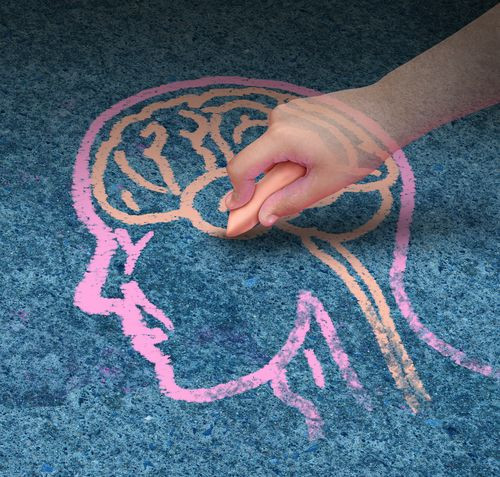Autistic People More Likely To Have Synesthesia: 'Sensory Hypersensitivity' May Make Colors Appear When They Hear Sounds

Neuroimaging studies show that the brains of people with synesthesia have different connectivity patterns than typical brains, and the same can be said for the autistic brain. Though these conditions do not seem to share much beyond this, researchers at Cambridge University found that people with autism are more likely to have synesthesia.
“Synesthesia occurs in four percent of the population,” wrote the authors of the study. “Autism spectrum conditions occur in one percent of the population. If these conditions are independent, then synesthesia and autism should co-occur in only four in 10,000 people.” Yet this was not the case at all when researchers tested 164 adults with autism and 97 adults without the condition; synesthesia occurred in nearly one in every five people with autism.
The Hyper-Connection Link
“The hyper-connectivity hypothesis proposes that people with synesthesia have excessive neural connections between different regions, connections that are diminished or absent from unaffected individuals,” wrote the authors. Autism also involves over-connectivity. Because of this one shared trait, the team of scientists hypothesized that synesthesia might be disproportionately common in autism.
Synesthesia is a condition in which people experience a conflation of senses. For example, a person might see the color red when they hear a bell ring or the sound of a car horn might evoke the taste of coffee. Neuroimaging studies confirm atypical connections in the brains of people with synesthesia; regions not usually wired together are linked, and this is what causes a sensation in one channel to automatically trigger a perception in another.
Autism spectrum disorders (ASD) are characterized by difficulties in social interaction, problems with verbal and nonverbal communication, unusually narrow interests, and resistance to change. These disorders are usually diagnosed between 2 and 3 years old. Austism is sometimes associated with intellectual disability, difficulties in motor coordination, and physical health issues, such as sleep and gastrointestinal disturbances. Yet, some people with ASD may also be extremely gifted and high functioning in areas such as math and music. Neuroimaging studies of autistic brains show abnormal and complex connections affecting both gray and white matter.
Investigation
To investigate their theory of a possible connection between the two conditions, the team screened 164 adults with autism and 97 adults without autism for synesthesia. Among the 31 people with autism who also had synesthesia, the most common forms were "letter-colors" (18 of them reported black and white letters being seen as colored) and "sound-color" (21 of them reported a sound triggering a visual experience of color). Another 18 of them reported either tastes, pains, or smells triggering a visual experience of color. Whereas synesthesia only occurred in 7.2 percent of the typical individuals screened by the researchers, it occurred in 18.9 percent of people with autism.
"These findings will re-focus research to examine common factors that drive brain development in these traditionally very separate conditions,” Professor Simon Baron-Cohen, lead author of the study, stated in a press release. “An example is the mechanism 'apoptosis,' the natural pruning that occurs in early development, where we are programmed to lose many of our infant neural connections. In both autism and synesthesia apoptosis may not occur at the same rate, so that these connections are retained beyond infancy."
Going forward, the team is hoping to search for shared genes between these two conditions. "Genes play a substantial role in autism and scientists have begun to pinpoint some of the individual genes involved,” Professor Simon Fisher, director of the Language and Genetics Department at Nijmegen's Max Planck Institute, stated in a press release. “Synesthesia is also thought to be strongly genetic, but the specific genes underlying this are still unknown.”
Source: Baron-Cohen S, Johnson D, Asher J, et al. Is synesthesia more common in Autism? Molecular Autism. 2013.



























